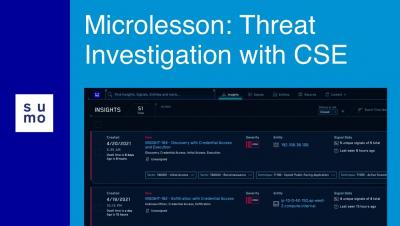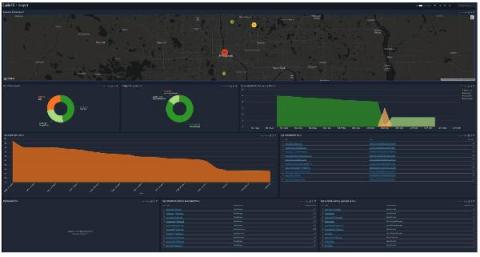Operations | Monitoring | ITSM | DevOps | Cloud
SIEM
Cloud SIEM accelerates modernizing security operations across Asia Pacific
Microlesson: How are Insights Created?
CMMC compliance with EventSentry
Cloud SIEM: Modernize Security Operations and your Cyber Defense
Getting Started with Logz.io's New Cloud SIEM Free Trial
The Logz.io Cloud SIEM team is excited to announce a new free trial! You’ll be able to ship 1 GB of security events per day for 21 days. Cloud SIEM makes it easy to centralize, prioritize, and investigate security events, so you can respond to threats faster than ever. Check out this short demo video to see how it works. Sound interesting? Check out the instructions for our 21 day free trial below!
Collecting all the data your SIEM needs to keep up
When it comes to your SIEM, your data is only as useful as your ability to ingest and analyze it. To solve complex security problems, your team ideally needs the ability to comprehensively monitor events within your environment with contextual insights from high-volume data sources.
Top 5 SIEM trends of 2021 and how Elastic Security solves them
Security information and event management (SIEM) systems are centralized logging platforms that enable security teams to analyze event data in real time for early detection of targeted cyber attacks and data breaches. A SIEM is used as a tool to collect, store, investigate, and report on log data for threat detection, incident response, forensics, and regulatory compliance.











